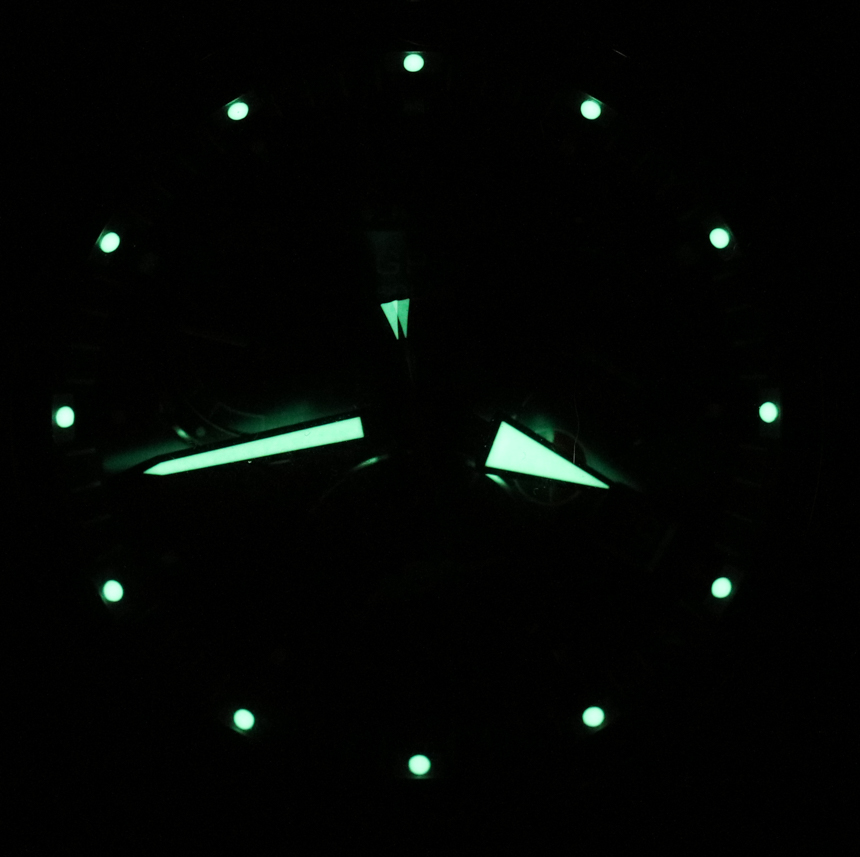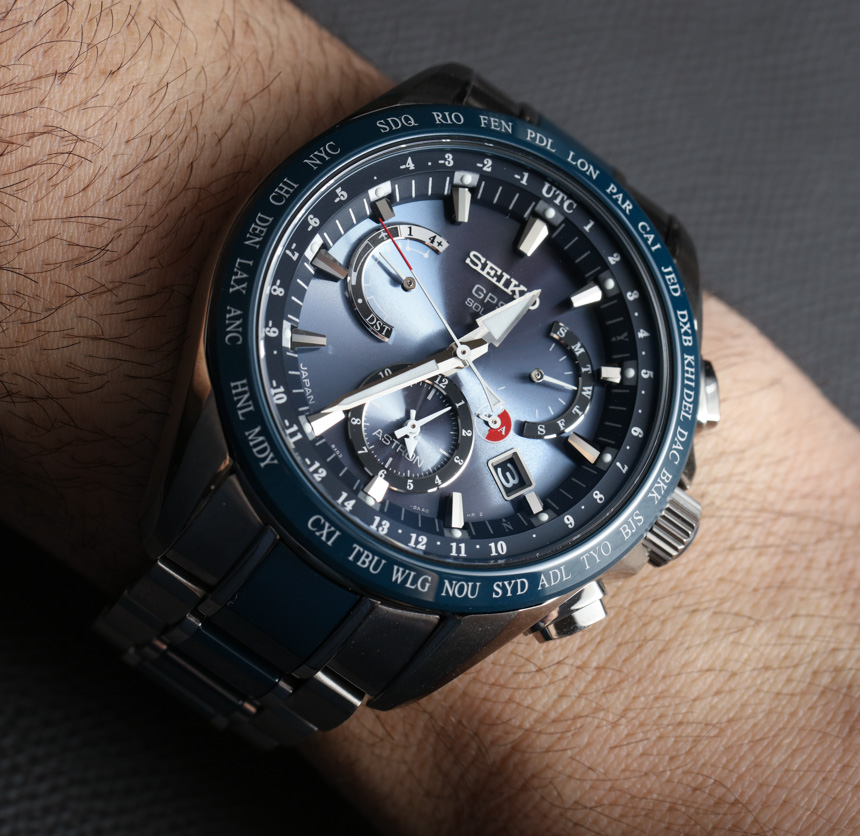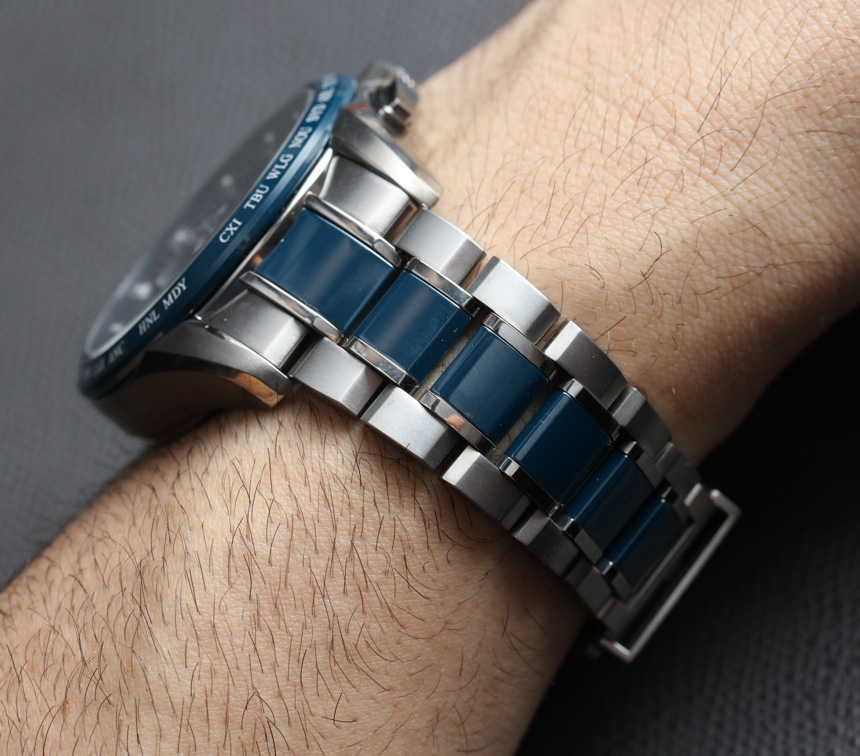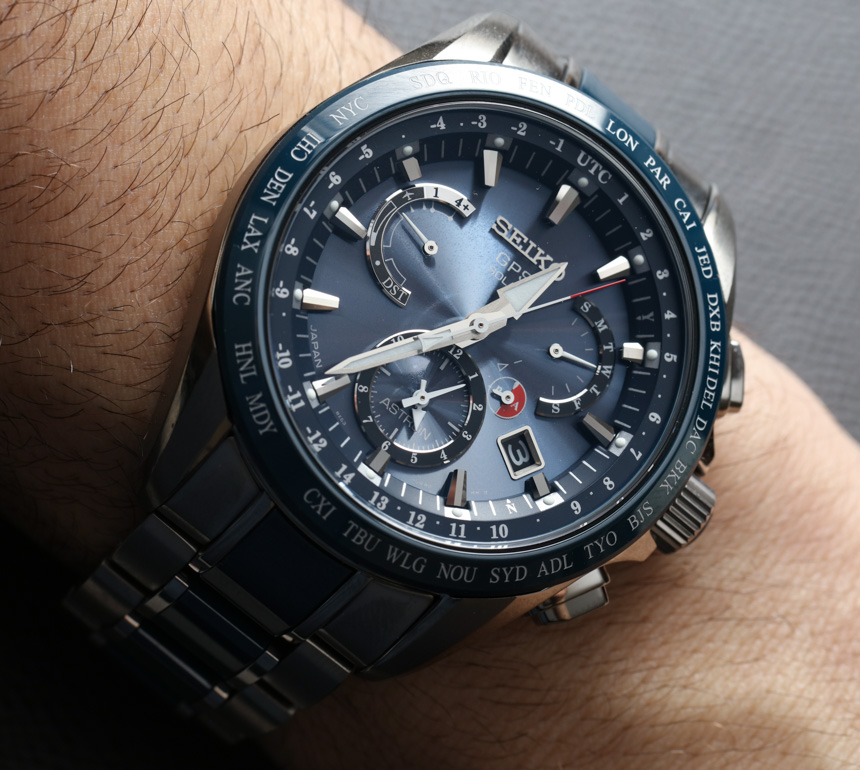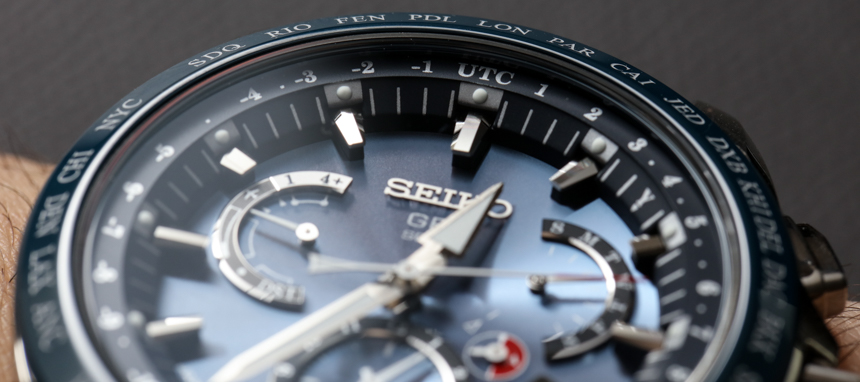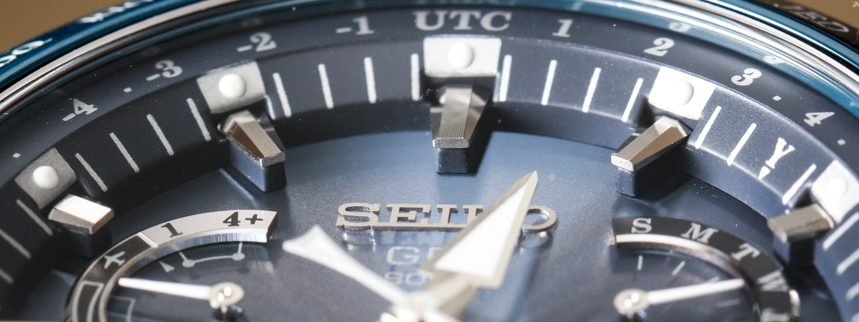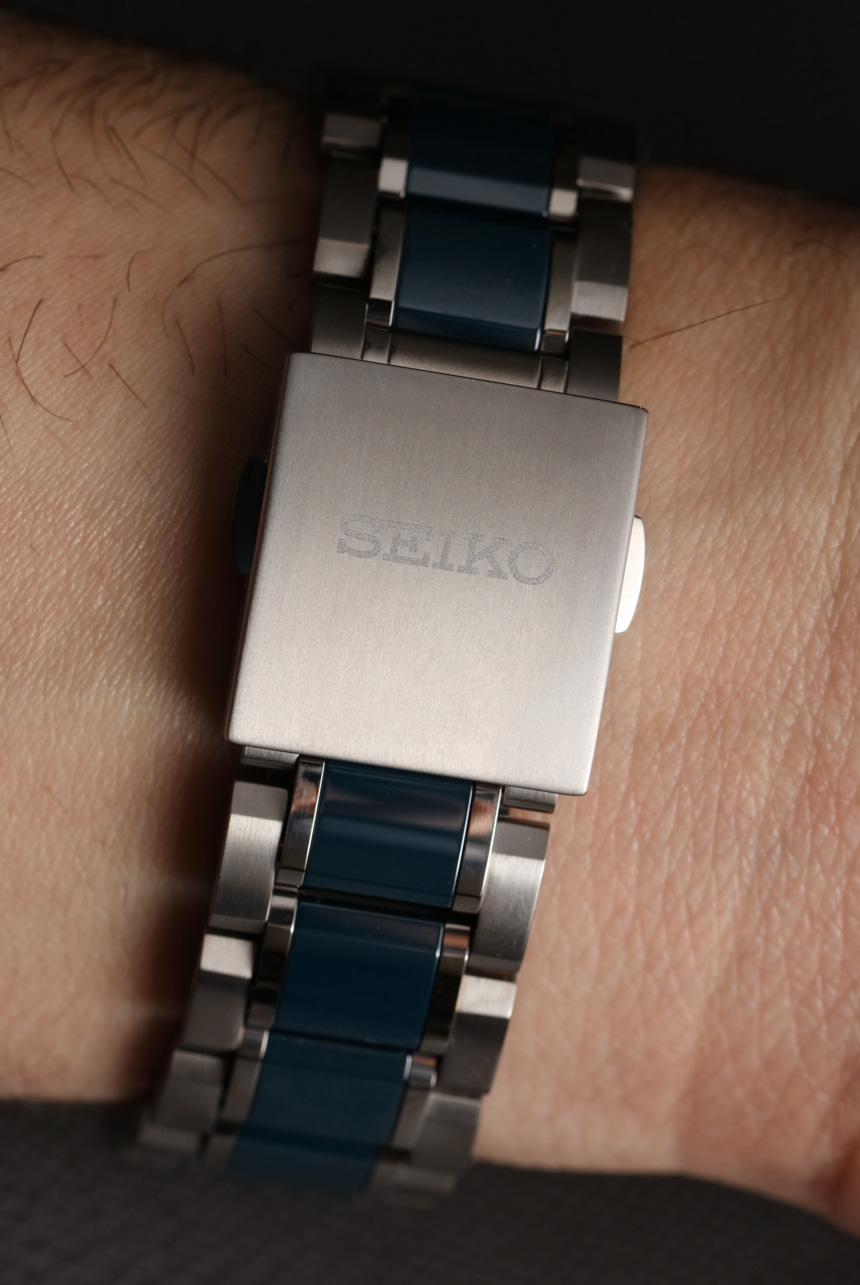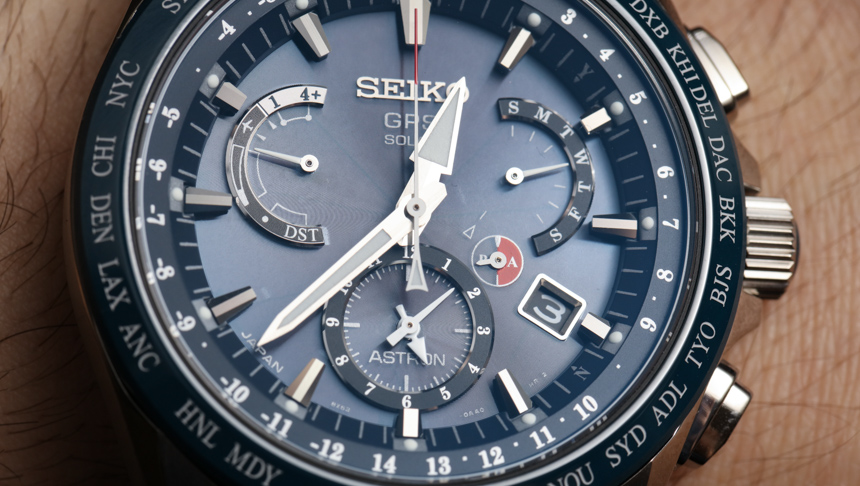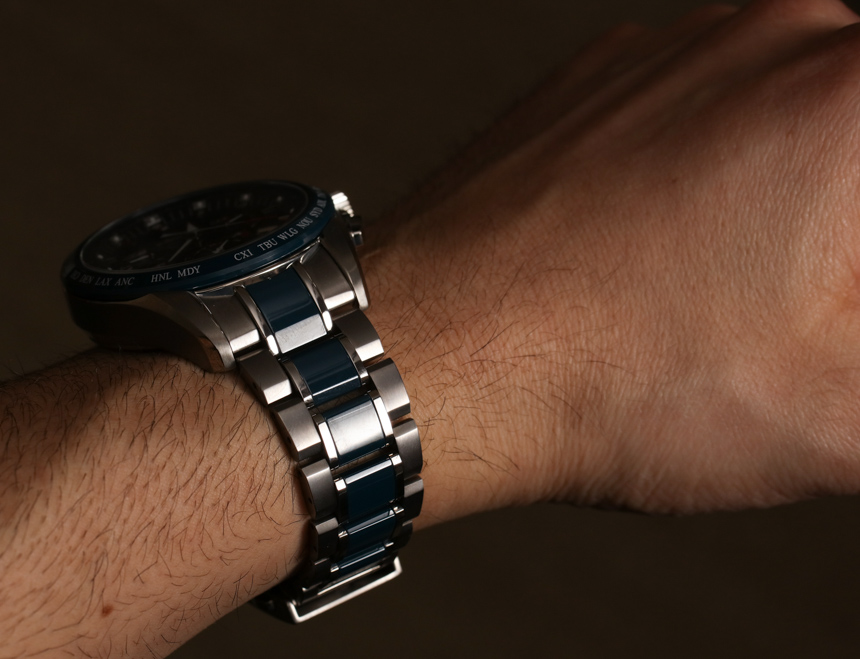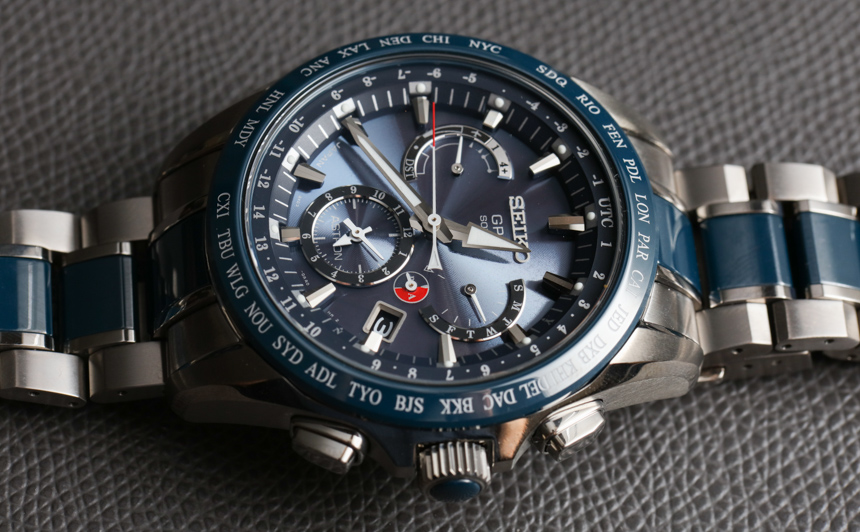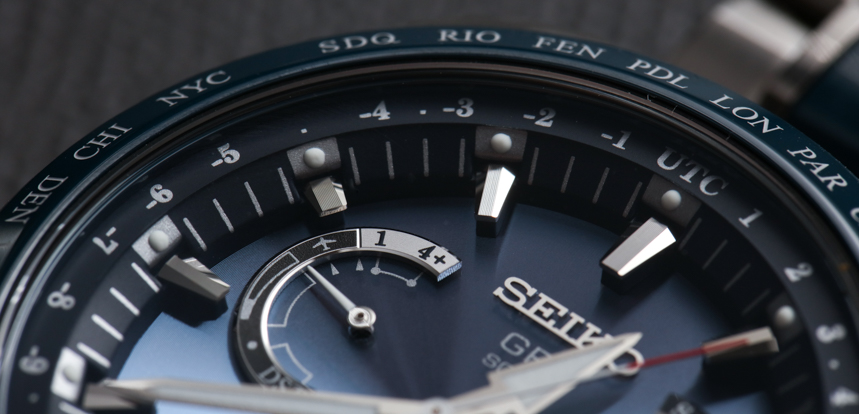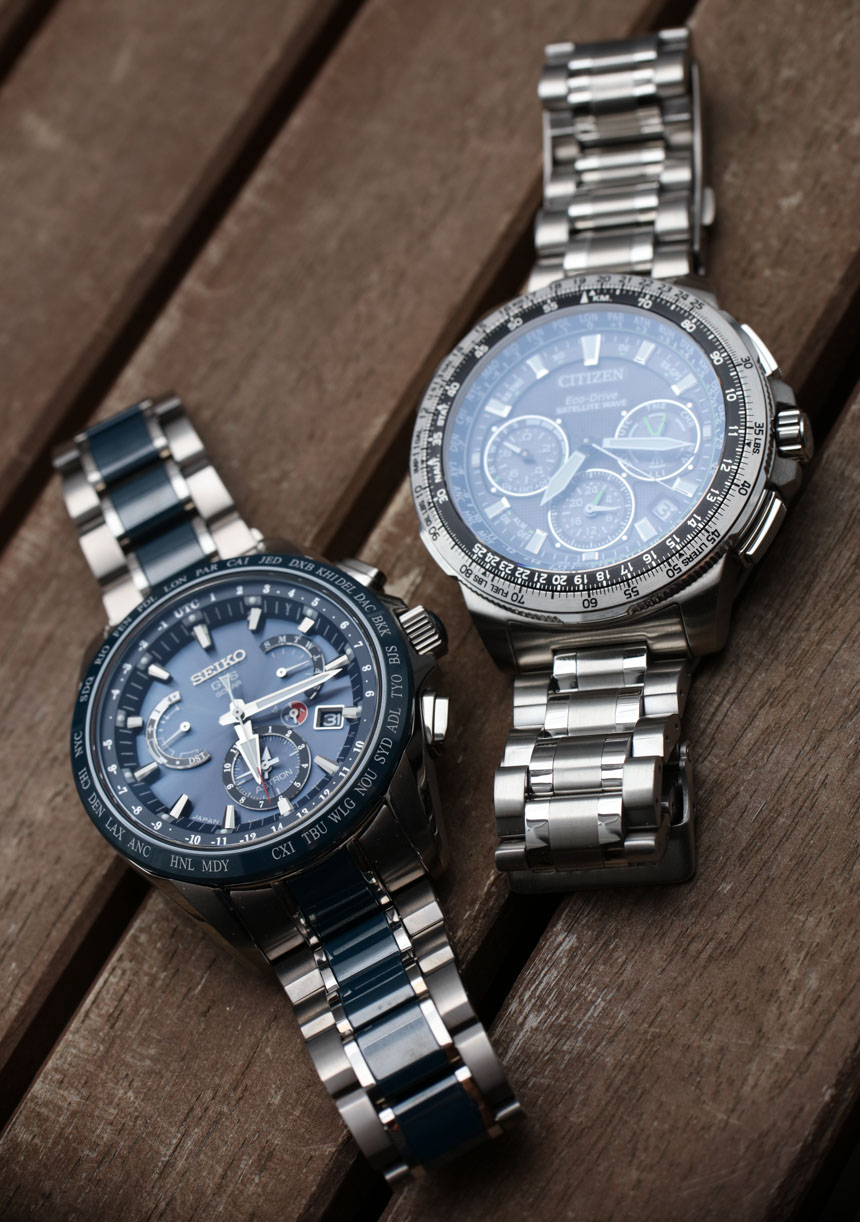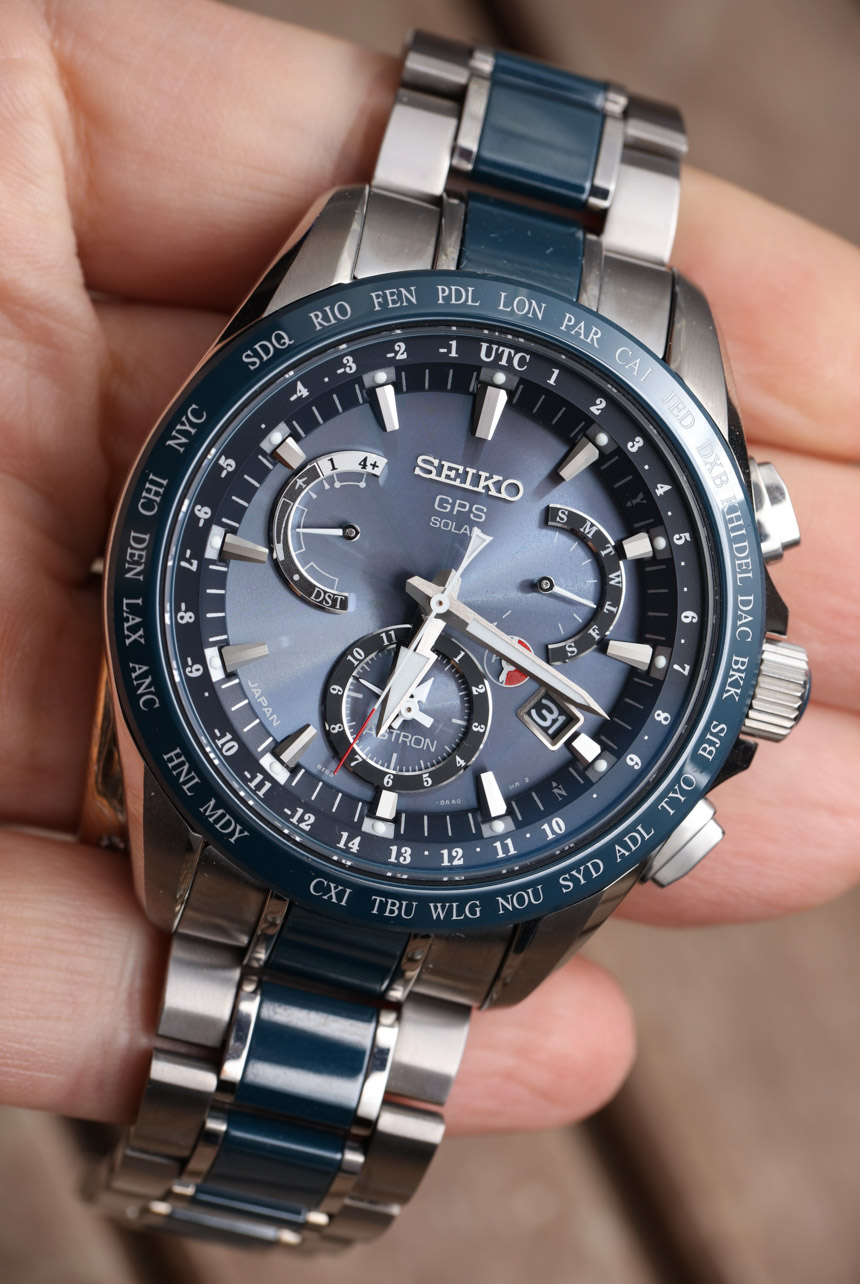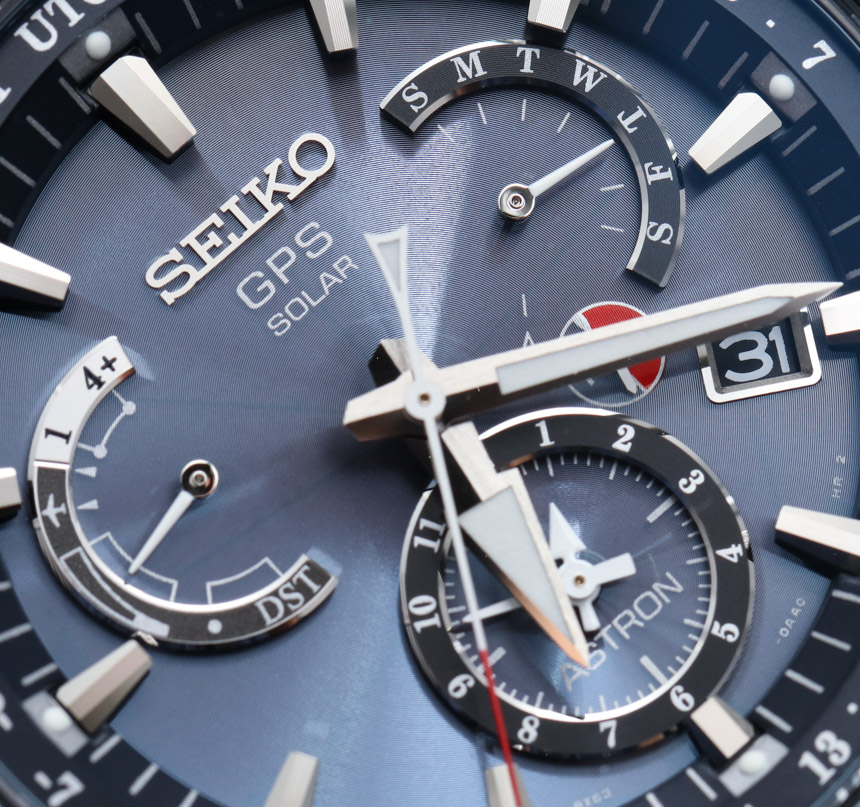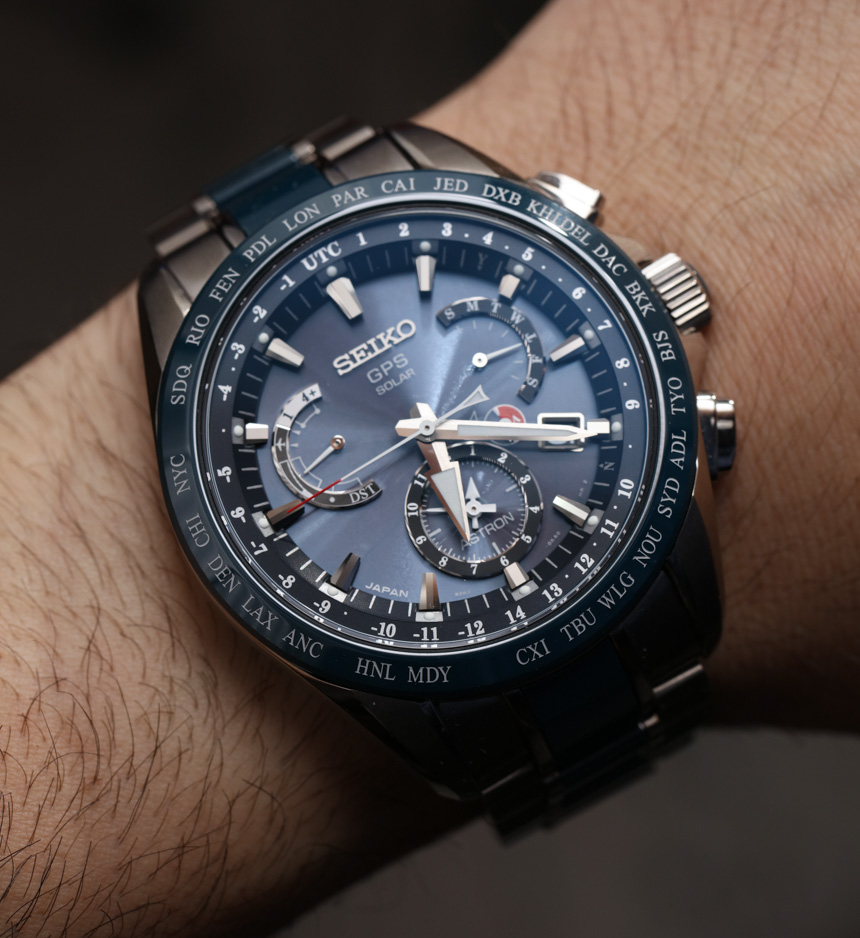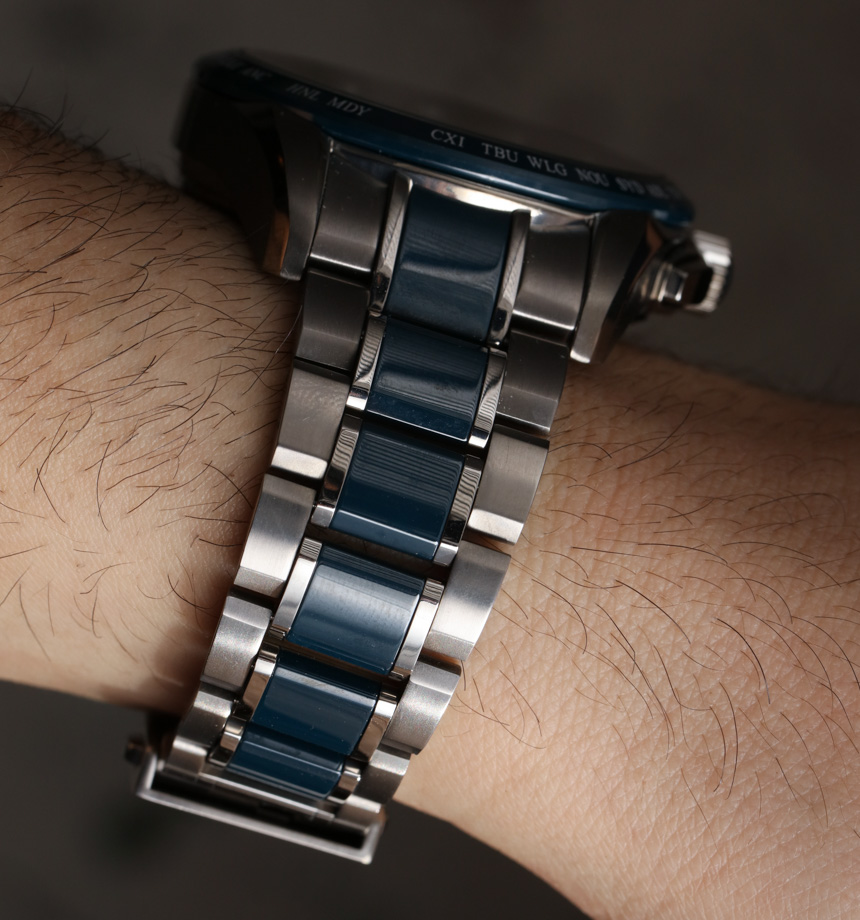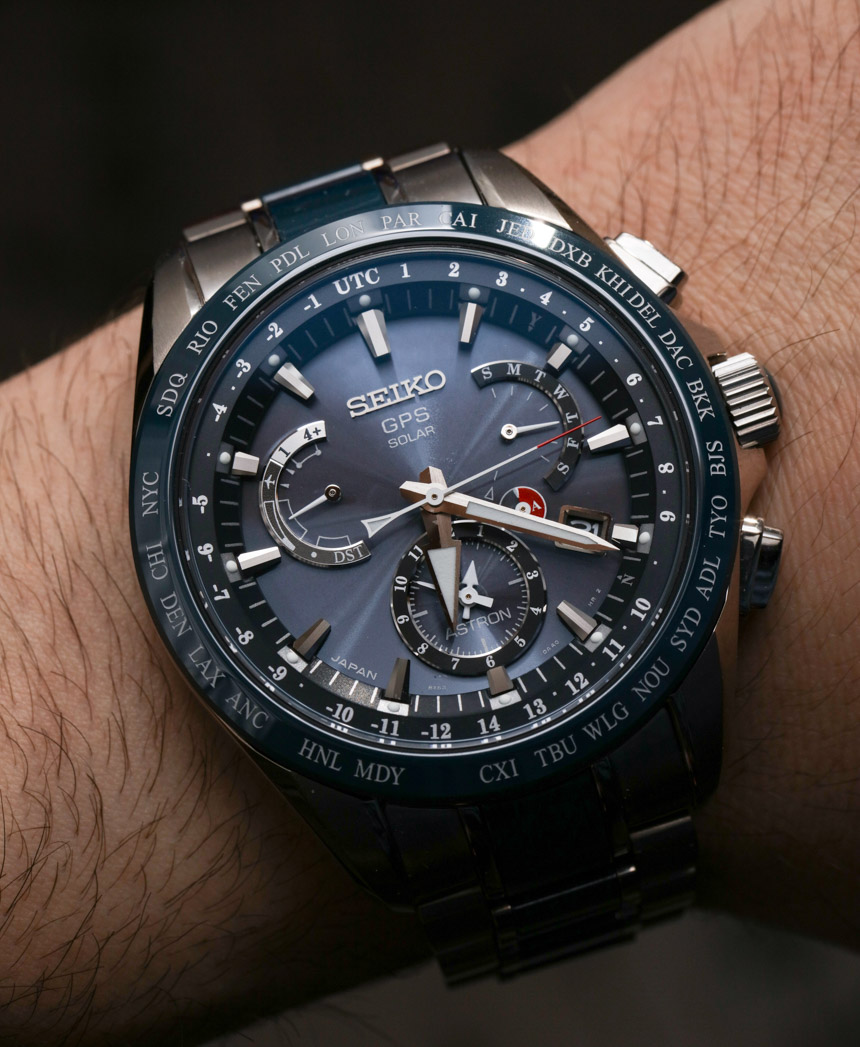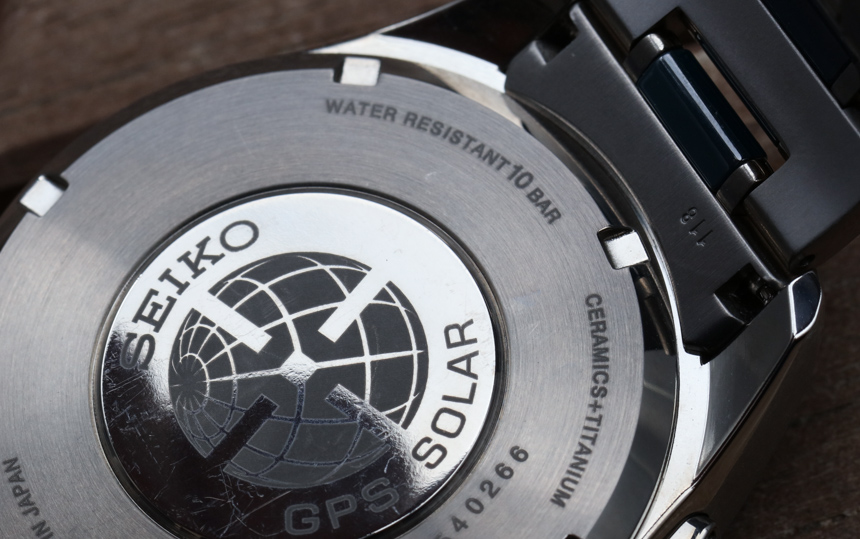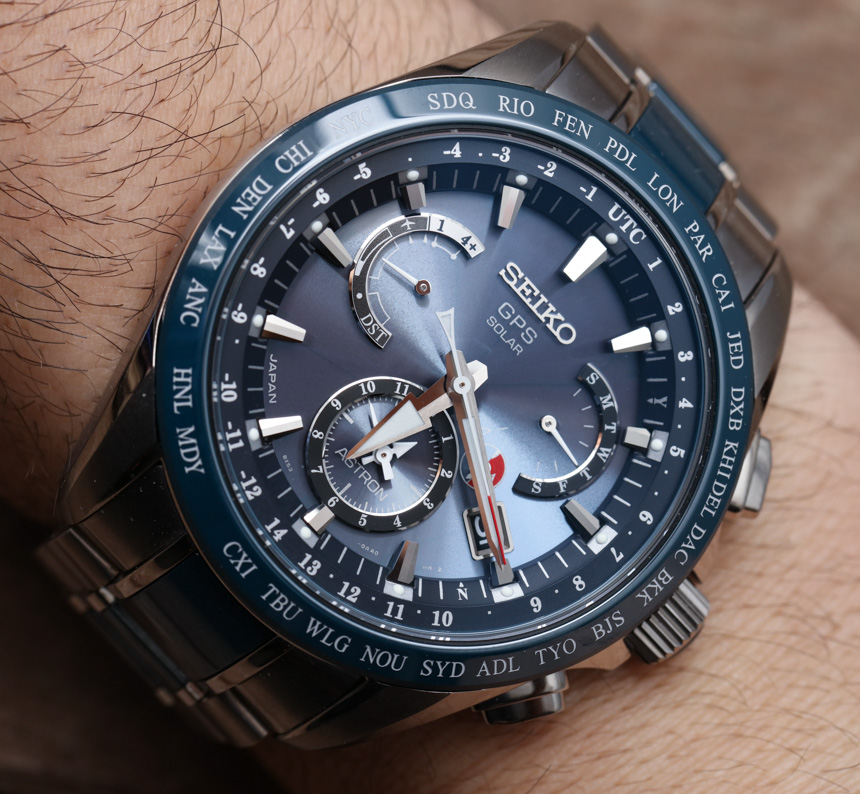
Seiko, Citizen, and Casio are all fighting a relatively quiet fight that nevertheless will have great benefit to watch lovers. While the world is mostly focused on what technology companies are doing with new-generation connected smartwatches, another type of connected smartwatch is being honed and perfected – and further represents the current apex of Japanese watch technology. I am, of course, referring to GPS connected watches like the Seiko Astron which aim to deliver what the major Japanese timepiece firms believe is the most advanced way to have the most reliable wristwatch.
One would be remiss not to refer to a timepiece such as this Seiko Astron GPS Solar Dual Time as a “connected watch.” While the timepiece might not be “smart” in the computer sense, it doesn’t come with many of the headaches consumers dislike about our current generation of smartwatches. In fact, the best Japanese electronic watches operate on a totally different philosophy than timepieces like the Apple Watch and Android Wear-based devices. While the latter is all about being intrinsically linked to a host device (and, of course, regular power for charging), watches like the Seiko Astron are all about almost total and complete independence as an item.
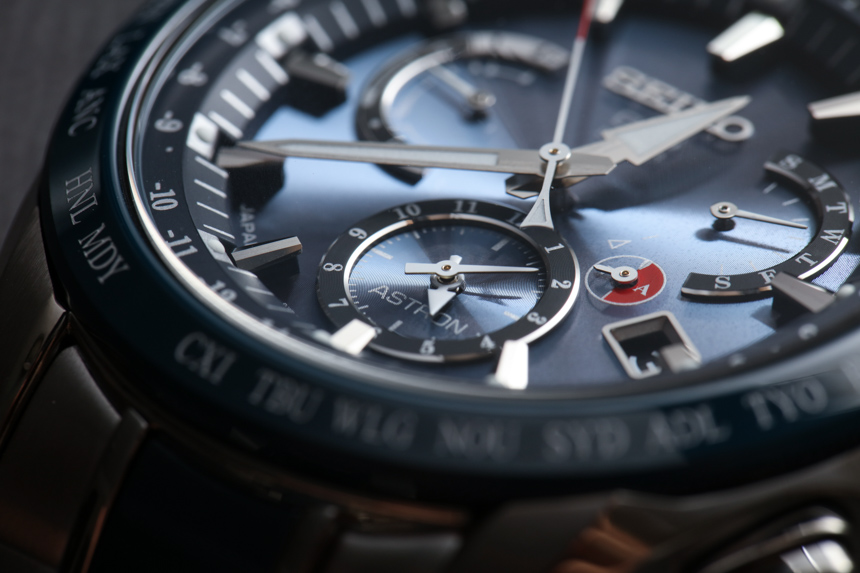
If you get to know enough high-end Japanese watches, then you know the ultimate goal of any fine timepiece produced there is to be utterly reliable, and utterly without need of attention. They have a sort of “set it and forget it” mentality to watches which means that once you initially set up a watch, it should never need to have a battery change and should be always accurate. Various technologies have facilitated this and the “big three” Japanese watch makers have “borrowed” from one another judiciously over the years. Its a rather healthy competition, and at the end of the day, I really do think that the consumer wins.
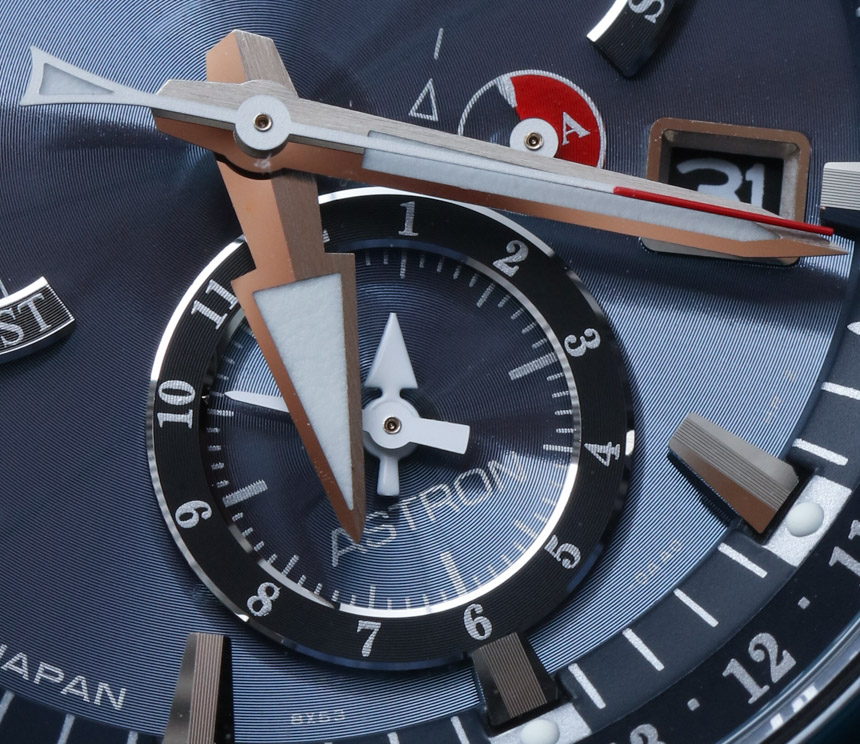
Seiko and Citizen, for example, are often neck-in-neck when it comes to offering the “best” GPS watch. Each of their flagship timepieces comes with solar (light) power generation and automatic syncing with GPS signals no matter where you are in the world as long as you have line-of-sight with the sky. It used to be the case that there were pluses and minuses to each of the best Seiko or Citizen GPS watches, but as of now, the differences are less about technology and more about packaging, style, and pricing. Its hard to point at a clear winner, and I feel that it is safe to say that if you want a really good GPS-based timepiece Seiko, Citizen, and Casio all have good options.
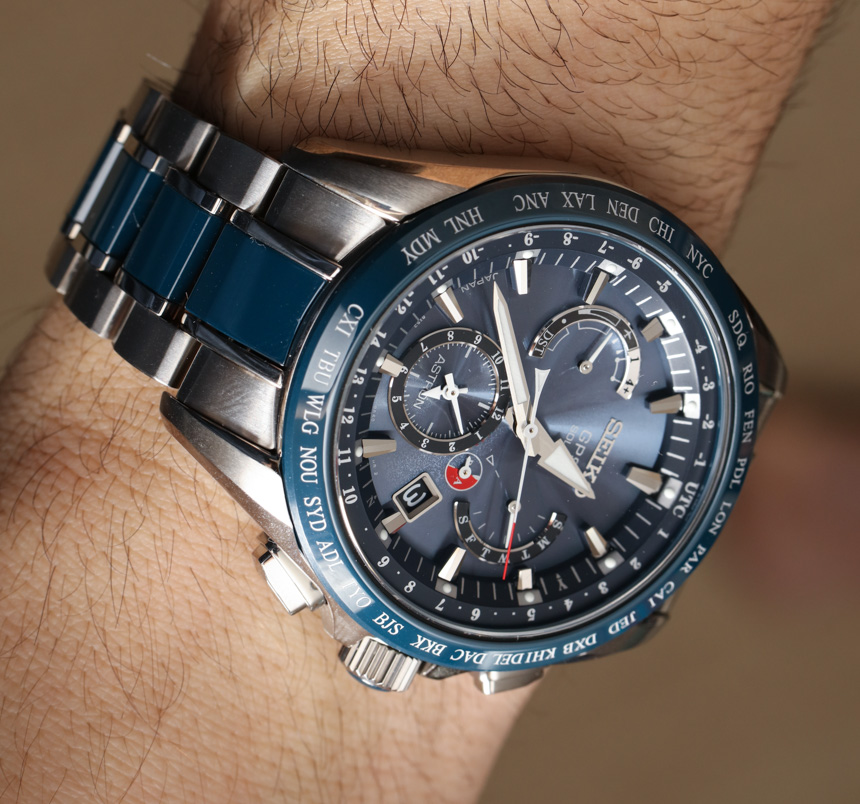
With that said, let me focus on my review of the Seiko Astron GPS Solar Dual Time, here, as the reference SSE043 in hardened titanium and blue ceramic. It is the newest of the Seiko Astron GPS watches and contains their “8X” family of movements. Specifically, the 8X53 quartz movement which is charged by light (no battery changes), connects to signals from global positioning satellites, and offers the time, date (perpetual calendar), power reserve indicator, and second time zone as the name of the watch implies.
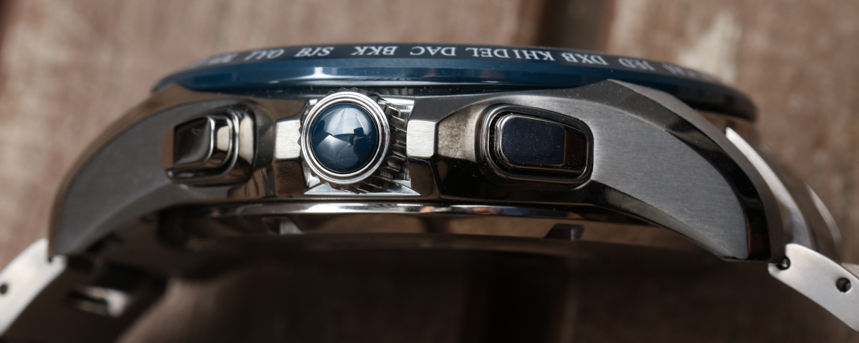
Back in 2014, I offered my review of the first generation Seiko Astron GPS watch here. At the time, I was very impressed by the quality, dial design, and most importantly, the GPS performance of the Astron. What I didn’t like was the thick, large case that, in my opinion, prevented the Astron from being a daily wear. A few years later, and about three generations into the Astron GPS model family, things are much more wearable, as the Astron movements are thinner, offer even more functionality, and the cases are significantly slimmer. Whereas that previous Astron was 47mm wide, the Seiko Astron GPS Solar Dual Time is 45mm wide but, more importantly, has a few millimeters shaved off the overall thickness, down to about 13-14mm thick. Moreover, while the Seiko Astron GPS Solar Dual Time is available in steel, the titanium case is light and very comfortable. The Astron finally gets the wearing experience it deserves. I should also mention that case dimensions are extremely similar to the best GPS watches from Citizen.
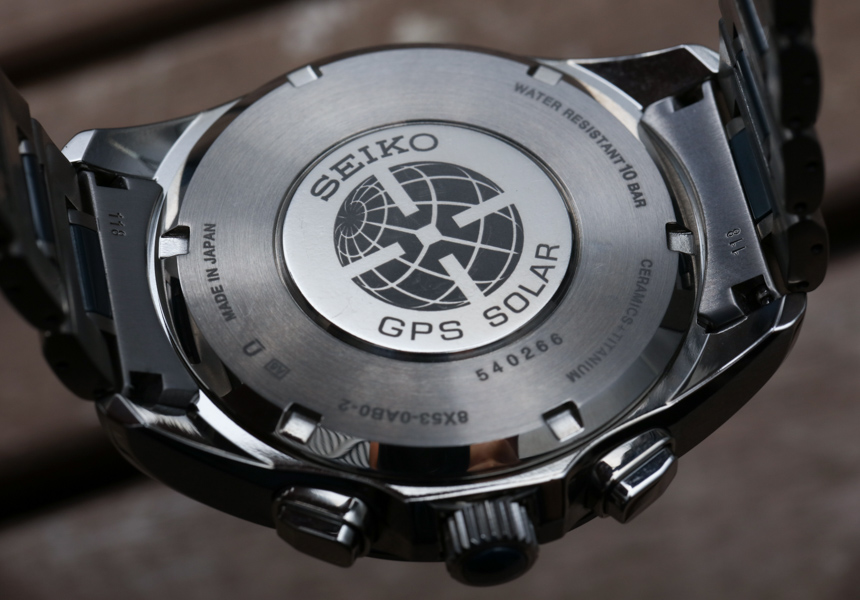
While Citizen is aiming to make its best GPS watches look a lot more traditional in design, Seiko’s philosophy is to give the Astron collection its own distinct design DNA – which is going to be hit or miss with some consumers. With that said, Seiko isn’t holding back on excellent materials and production techniques, from the use of fine materials to their special “zaratsu technique” case polishing. The Seiko Astron GPS Solar Dual Time dial is rich with details, finishes, and colors, offering depth and legibility. It’s not for everyone – especially those who prefer a more minimalized approach to watch dials – but the quality and design are easily among the most impressive for any high-end gadget watch that exists today.
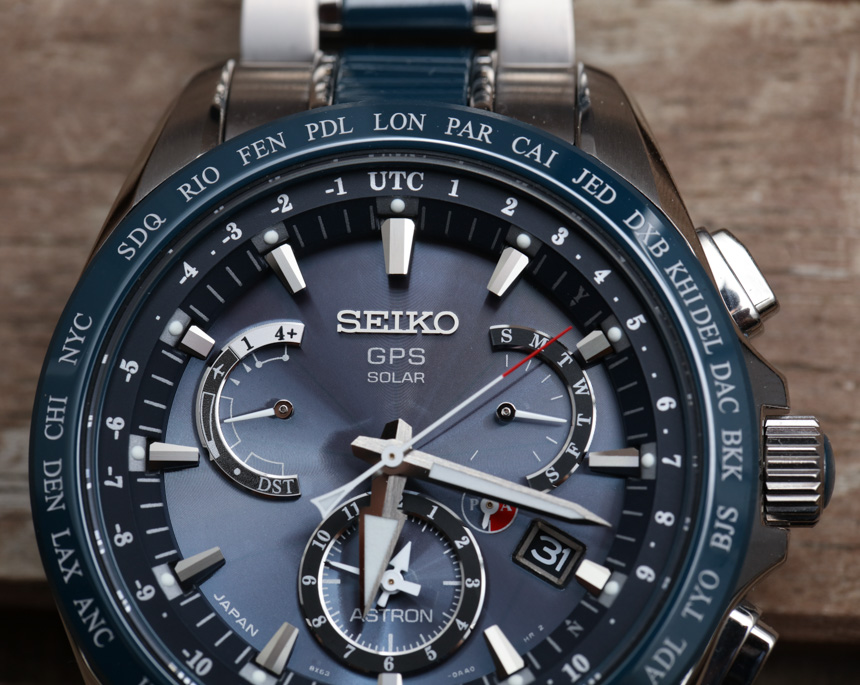
Like the Astron Chronograph, the Seiko Astron GPS Solar Dual Time dial is mostly symmetrical. At a glance, the dial offers the date, day of the week, battery charge indicator, and second time zone in addition to the main time. Seiko designed the dual time functionality to be in a 12-hour format, and there is a small corresponding subdial that serves as an AM/PM indicator. It is true that the original generation Astron has a dual time feature, but it was in 24-hour format. What is more important is that setting (rather, adjusting) the time zones is simple. Seiko designed the 8X family of movements not to have their times be totally adjusted manually, but rather for time to be changed from time zone to time zone, based on accuracy after syncing with GPS signals.
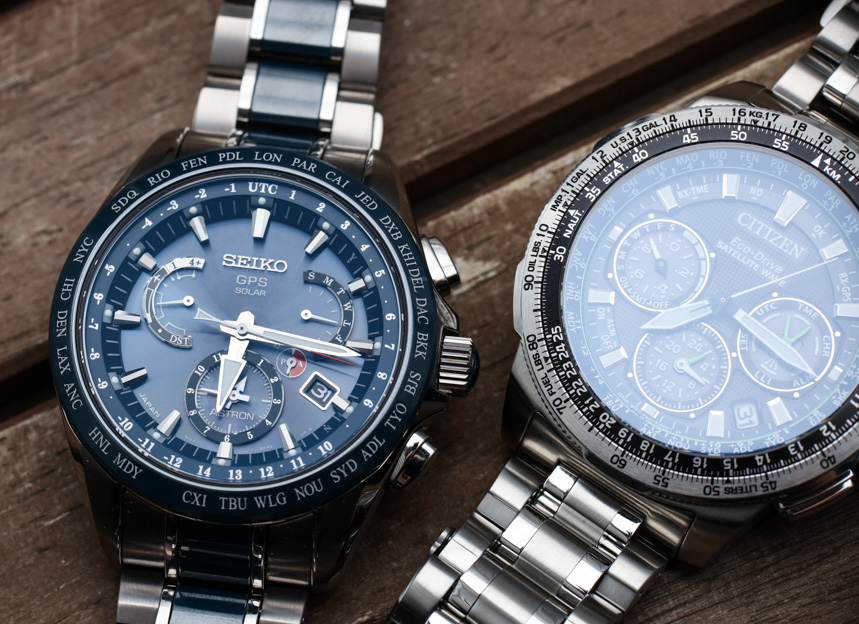
Seiko claims that after being exposed to bright light, the Seiko Astron GPS Solar Dual Time automatically attempts to sync with a signal, and of course, you can manually sync at any time. When signal strength is good (outdoors) the watch typically updates the time in a matter of seconds. Indoors, there isn’t much signal reception, but that is typical among GPS watches. In fact, their only real weakness is that you really need to be outside to adjust the time. With that said, along with the time, they are able to update the date as well as the time zone location – which is a big deal.
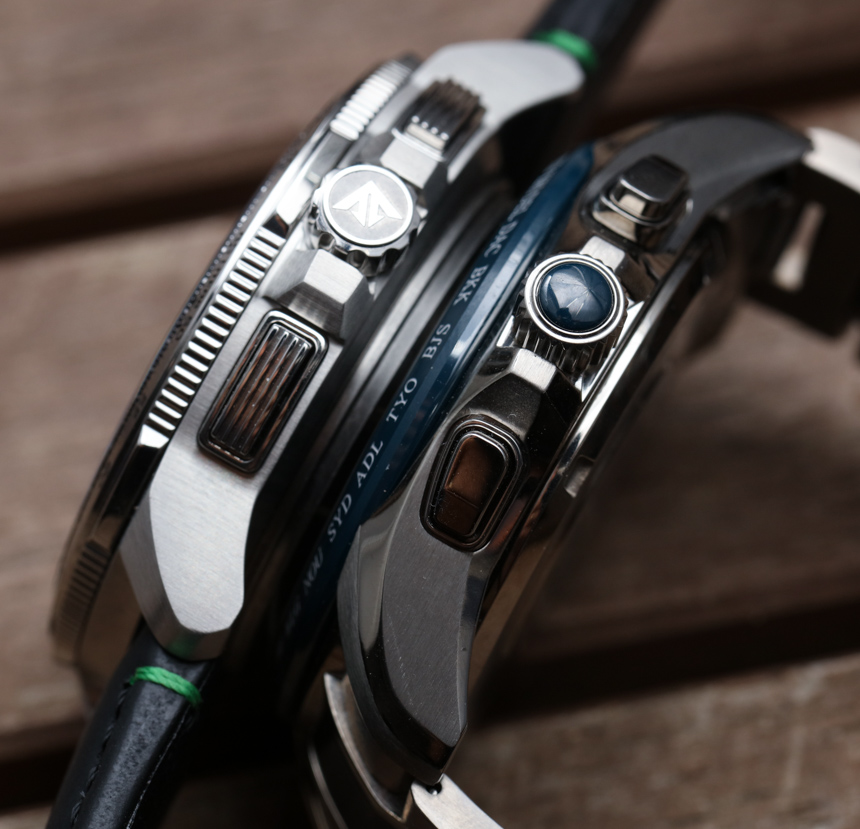
Pretty much the only thing you need to adjust manually is DST (daylight saving time). This is a relatively easy operation (once you get the hang of it), and is the only thing people really need to adjust on the Astron assuming it is otherwise exposed to light and GPS signals. Its nice to have a timepiece that “thinks” of the hard stuff for you and offers accurate information all the time. Honestly, after wearing a high-end quartz watch with fancy features such as the Seiko Astron GPS Solar Dual Time, going back to a mechanical watch feels archaic. Don’t get me wrong, I love the beauty and craftsmanship of a traditional, mechanical watch, but in the race for modern convenience and reliability, quartz won the war long ago.
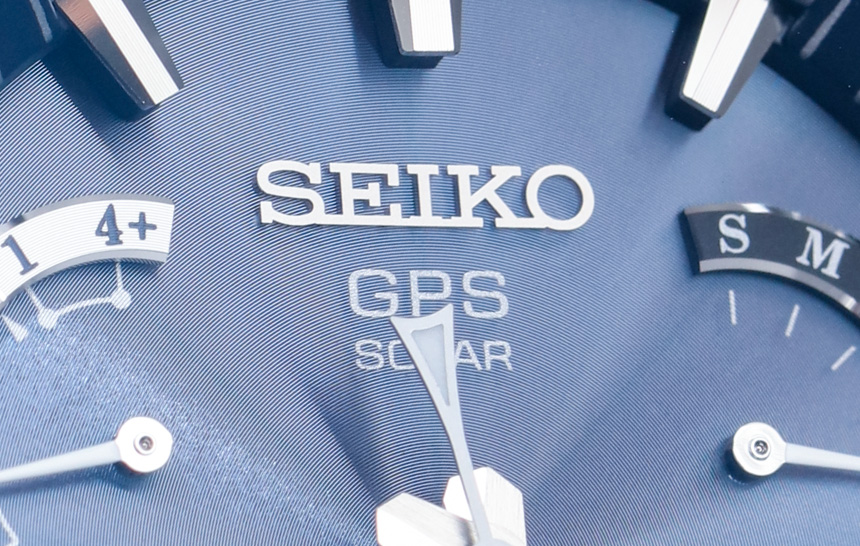
The new war isn’t quartz vs. mechanical, but rather quartz vs. quartz. In Japan the appeal of always-accurate timepieces is high, so the major companies have good reason to fight with one another to not only maximize functionality, but also to further reduce size and weight footprints. We aren’t at the point yet, for example, to have a GPS-based watch that is small enough for most women’s watches.
For me, the ultimate goal is to have this type of technology mixed with modern connected smartwatches. I think a lot of consumers want smartwatches that can exist totally independently from other technology, and the ability for them to power themselves and to be always accurate is extremely important. With that said, the power created through dial-based photo-voltaic cell elements is just a trickle of what an always-on backlit screen requires. We are years away from having modern screens powered by Solar or Eco-Drive watches, but that doesn’t mean this same technology can’t be used in rechargeable smartwatches today.
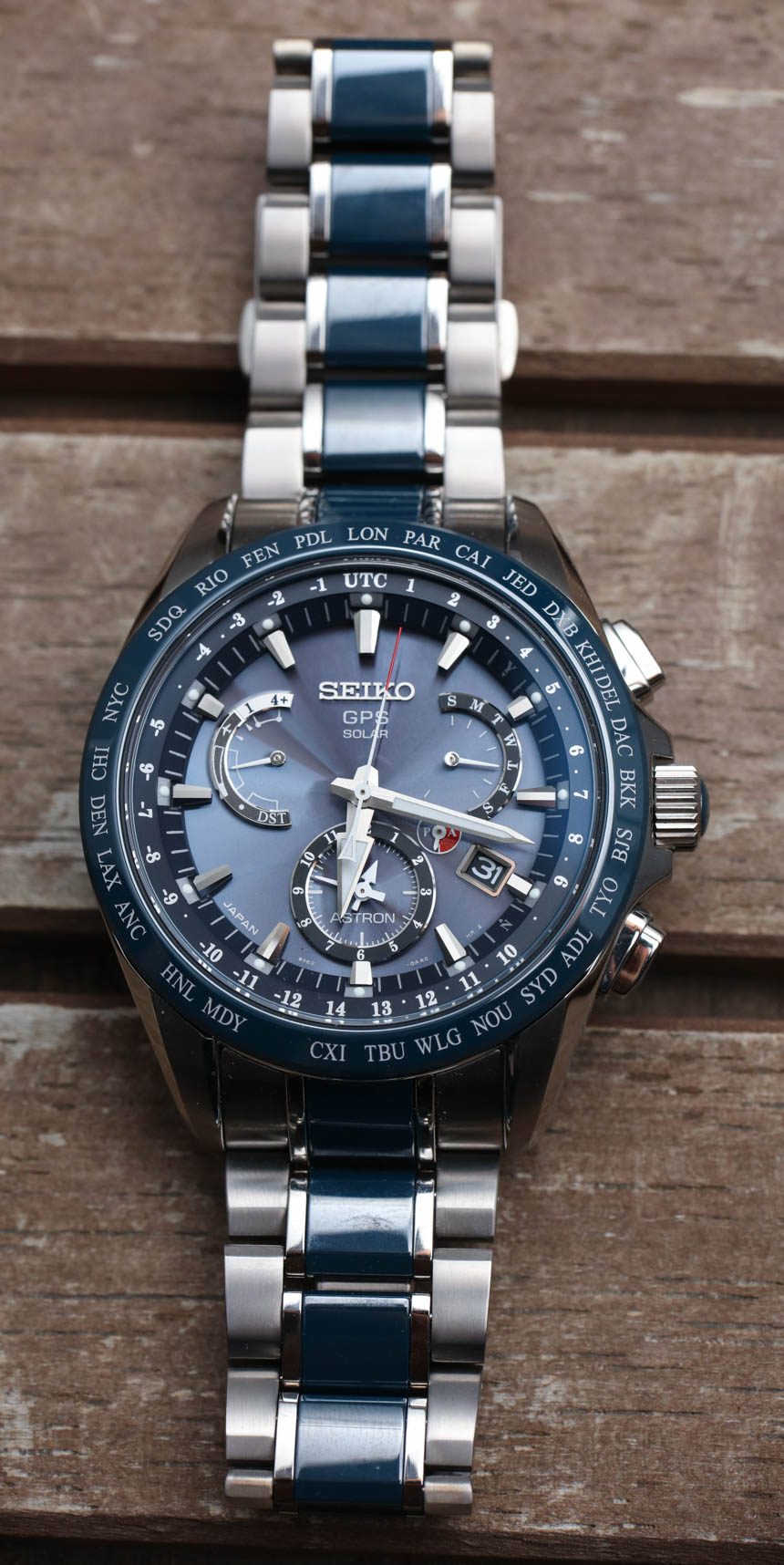
On the wrist, the Seiko Astron GPS Solar Dual Time SSE043 is attractive and modern, but in a classy sense. While at heart it is a tech-friendly gadget watch, it does have some sex-appeal to it. Seiko likes to advertise these watches in airports and similar locations, but I think they need to focus as much as possible on a watch like this being a compliment to one’s style. I actually never thought I’d like a blue and titanium watch as much as I do with this timepiece. Seiko produces a family of Astron “8X” Dual Time models in materials such as steel and titanium, but I feel that titanium is really the way to go. Not only because of its lighter weight, but also because Seiko uses a treated titanium that is much more scratch-resistant than normal titanium (Seiko calls it “Super-hard coating”). Furthermore, the bezel and center links on the bracelet are in ceramic – which are also highly scratch-resistant. Over the dial is an AR-coated sapphire crystal. It costs about $600 more (retail) from the steel to the titanium models – and I would highly recommend it.
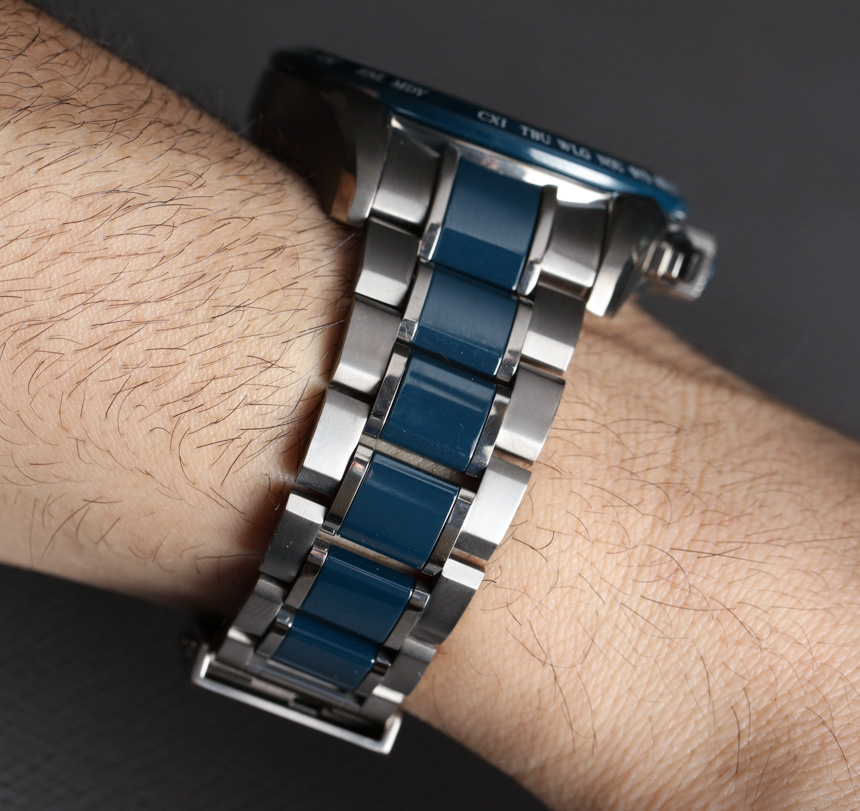
The Seiko Astron GPS Solar Dual Time case is water resistant to 100 meters (not bad) and has a matching blue ceramic cabochon in the crown. The case is also said to be magnetic-resistant to 4,800 A/m. Production fit and finish are very good since this is considered the cream-of-the-crop non-Grand Seiko quartz collection from the brand. While you might not be a fan of the style, you can tell that Seiko put a lot of effort into making sure the design and quality is top notch since the Astron represents the apex of technology that the brand has been able to develop up to this point when it comes to a mass-produced product.
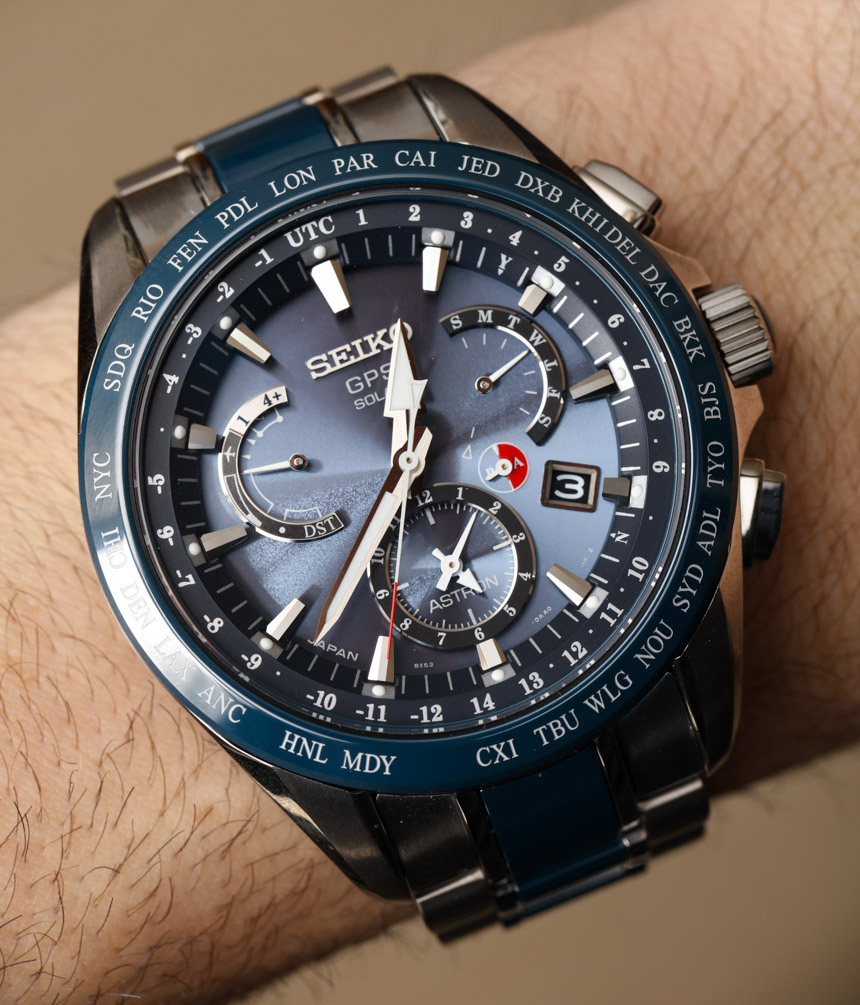
While the dial of the watch only has the day of the week and the date, the calendar is perpetual and, according to Seiko, the 8X53 movement doesn’t need the calendar adjusted until the year 2100 (when we will all be dead). The watch has built-in data for 40 different time zones and changing from zone to zone is easy, as the seconds indicator hand re-positions itself as a time zone selector using either the UTC plus or minus scale, or the reference city scale – when in time zone selection mode. While I do like having a chronograph as part of a travel watch, the Seiko Astron GPS Solar Dual Time has pretty much everything else. So if you can live without the chronograph, this is one hell of a robust travel watch or even just as a daily wear. It does help, however, if you regularly need to know the time in at least two cities – otherwise it might make sense to wait for GPS watches to get even smaller and thinner as time goes on.
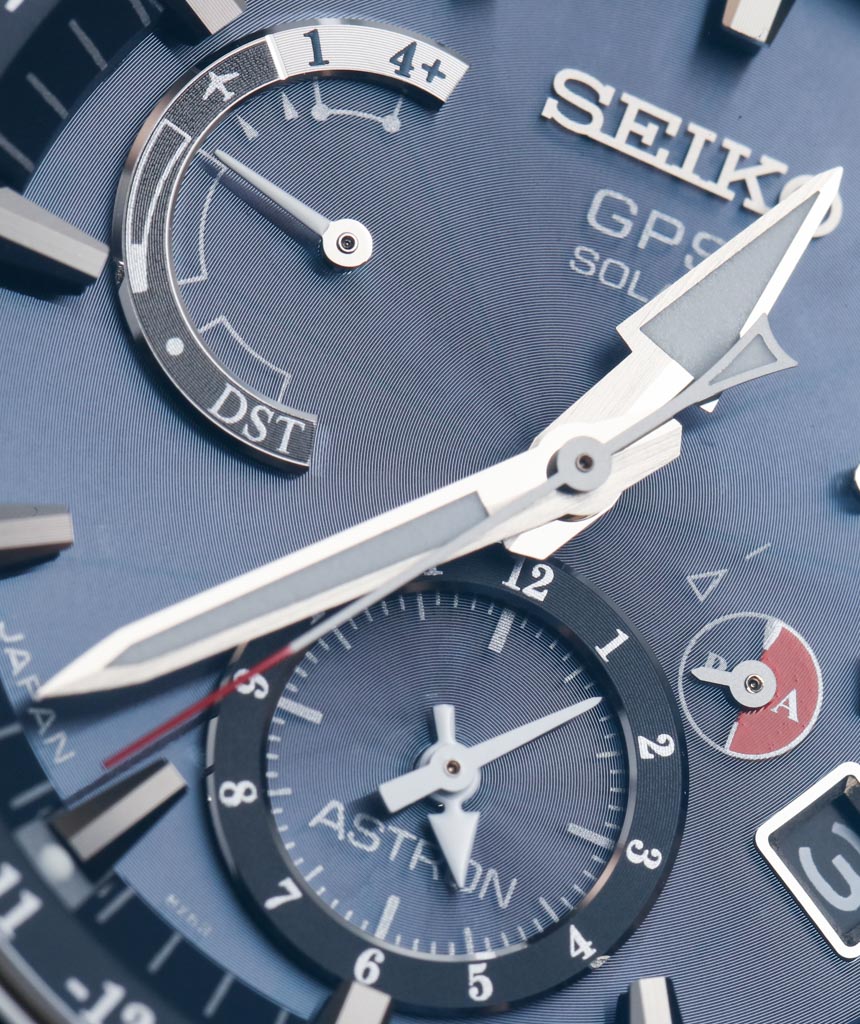
Seiko should be applauded for continuing to push forward with GPS watch technology – especially as it competes with the other Japanese brands on this front. Other than a few other companies such as Garmin, few watch makers around the world can come compete in this area, as all the tech is both developed and produced in-house. For the ultimate in reliability and global accuracy, you can’t beat timepieces like this – and Seiko happens to make a very pretty-looking uber-gadget timepiece. Prices for Seiko Astron GPS Solar Dual Time models begin at $1,600, and this reference SSE043 watch is priced at $2,200. seiko-astron.com
Necessary Data
>Brand: Seiko
>Model: Astron GPS Solar Dual Time reference SSE043
>Price: $2,200 USD
>Size: 45mm wide
>Would reviewer personally wear it: Yes.
>Friend we’d recommend it to first: Regular traveler who values some style to go with an extremely useful and reliable gadget-style timepiece made accurate by syncing to GPS signals.
>Best characteristic of watch: Concept and functionality work very well without hassle. Good-looking design with top-notch materials. Modern styling that, while very “Japanese,” allows for a distinct look for the Astron GPS watch family.
>Worst characteristic of watch: Despite smaller size, this and other GPS watches are still a tad large. Busy styling isn’t for everyone. Still pricey given some of the competition, despite Seiko’s intense level of high-quality design elements.

